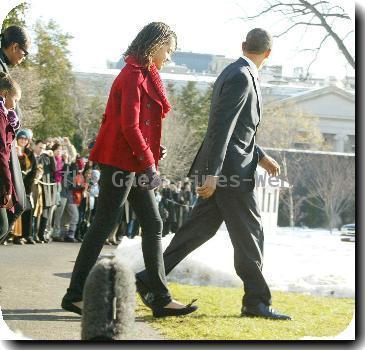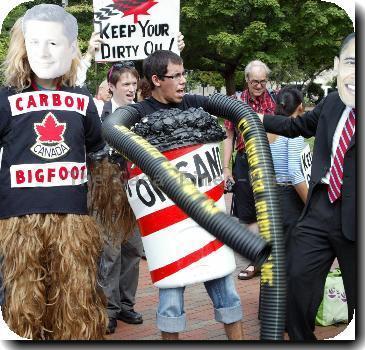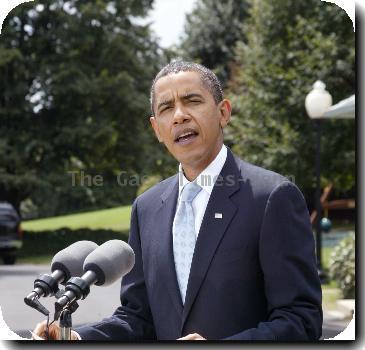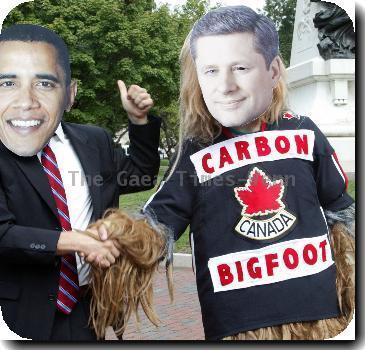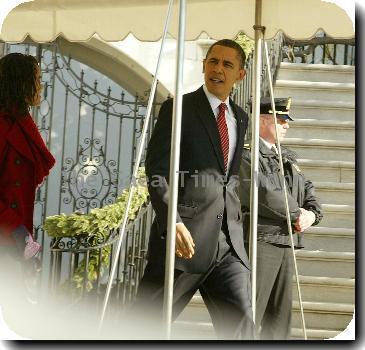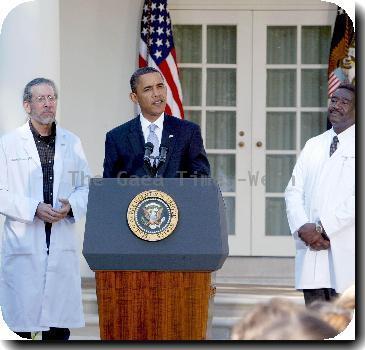Employers cut more jobs than expected in December, unemployment rate holds at 10 percent
By Christopher S. Rugaber, APFriday, January 8, 2010
Economy loses 85K jobs as employers remain wary
WASHINGTON — Lack of confidence in the economic recovery led employers to shed a more-than-expected 85,000 net jobs in December even as the unemployment rate held at 10 percent. The rate would have been higher if more people had been looking for work instead of leaving the labor force because they can’t find jobs.
The sharp drop in the work force — 661,000 fewer people — showed that more of the jobless are giving up. Once people stop looking for jobs, they’re no longer counted among the unemployed.
When discouraged workers and part-time workers who would prefer full-time jobs are included, the so-called “underemployment” rate in December rose to 17.3 percent, from 17.2 percent in November. That’s just below a revised figure of 17.4 percent in October, the highest on records dating from 1994.
Many analysts had hoped Friday’s report would show the economy gained jobs for the first time in two years. While the revised figures found an increase in November, it was tiny.
“One word sums it up: Disappointment,” said Jonathan Basile, an economist at Credit Suisse.
The drop in the labor force, Basile said, “tells me that Main Street doesn’t believe there’s a recovery yet, because they’re not out looking for jobs yet.”
Revisions to the previous two months’ data showed the economy actually generated 4,000 jobs in November, the first gain in nearly two years. But the revisions showed it also lost 16,000 more jobs than previously estimated in October.
The participation rate in the labor force — the portion of adults either working or looking for work — fell in December to 64.6 percent, the lowest since August 1985.
The drop was particularly steep in the second half of last year. That suggested that people were becoming discouraged about their job prospects even as layoffs slowed. The reason is that job openings remain far too few.
The labor force has shrunk by 1.9 million people since May. Without the drop, December’s jobless rate could have been as high as 10.4 percent, according to Larry Mishel, president of the Economic Policy Institute. And some economists think the rate will near 11 percent as more job-seekers eventually stream into the work force.
Friday’s report caps a disastrous year for U.S. workers. Employers cut 4.2 million jobs in 2009. And the unemployment rate averaged 9.3 percent. That compares with an average of 5.8 percent in 2008 and 4.6 percent in 2007. Nearly 15.3 million people are unemployed, an increase of 3.9 million during 2009.
“The economy is in a rough situation,” Labor Secretary Hilda Solis acknowledged in an interview with The Associated Press. She said she thinks companies are reluctant to ramp up hiring because they’re waiting to see what new stimulative steps the government might take to provide relief.
President Barack Obama planned an afternoon event to announce $2.3 billion in tax credits that Congress has already approved to create 17,000 green jobs. Trying to paint the White House as fighting to rebuild the economy, officials said the poor jobs report underscores the challenges the president faces.
Congress, meanwhile, is considering a “jobs bill” that would spend $174 billion on unemployment benefits, roads and other infrastructure and provide support for cash-strapped state governments. The House approved the legislation on a party-line in late December. The Senate is expected to take up the measure this month or next.
The economy has lost more than 7.2 million jobs since the recession began in December 2007. And while layoffs have slowed, they haven’t ended. UPS said Friday it will cut 1,800 jobs. And defense contractor Lockheed Martin Corp. said this week it’s cutting 1,200 workers.
If jobs remain scarce, consumer confidence and spending could flag, slowing the economic recovery. Many analysts estimate the economy grew by 4 percent or more at an annual rate in the October-December quarter, after 2.2 percent growth in the third quarter.
But the economy will need to grow faster than that to bring down the unemployment rate. And economists worry that much of the recovery stems from temporary factors, such as government stimulus efforts and businesses rebuilding inventories.
Debra Winchell has been seeking work since last January, when she lost her job as an administrative assistant at a health insurance company. Winchell, 50, of Latham, N.Y., said she’s seen an uptick in online job postings, giving her some hope. But they’re for jobs paying as little as $10. And she’s still not getting any callbacks when she does apply.
With her unemployment benefits set to run out this spring, Winchell, who is single, said she will reluctantly sign up for temporary work.
“I’ll be lucky if it pays the bills,” she said.
One such temporary worker is 57-year-old Anthony Wippold, who landed a job he’ll start Monday after a year of unemployment. But the job is set to end in June, and it includes no health insurance. Still, Wippold said he’ll take what he can get.
Last year, Wippold sent out about 10 resumes a week, seeking work as a purchasing agent.
Employers “were receiving hundreds of resumes,” he said. “I’d get lost in the shuffle.”
His new job in the accounts payable department of St. Louis-based Express Scripts Inc. will pay roughly $16 an hour. He won’t be spending much money anytime soon.
“I live like Gandhi,” he said.
Still, some economists said a recent trend of improvement remains in place. The economy lost an average of nearly 700,000 jobs in the first three months of last year, a figure that dropped to 69,000 in the fourth quarter.
And the private service sector added jobs for the second straight month, said Nigel Gault, chief U.S. economist at Global Insight, though the gains have been concentrated in temporary workers.
“Firms are still being very cautious, so the first thing they are turning to aren’t full-time employees, but temps,” he said. Companies have added about 166,000 temp workers since July.
The average work week remained unchanged at 33.2 hours, near October’s record low of 33. Most economists hoped that would increase, as employers are likely to add hours for their current employees before hiring new workers.
AP Business Writers Emily Fredrix in Milwaukee, Christopher Leonard in St. Louis and Jeannine Aversa in Washington and Associated Press Writers Philip Elliott and Jim Kuhnhenn in Washington contributed to this report.
Tags: Barack Obama, Careers, Energy, Immigration, Job Hunting, Labor Economy, Labor Issues, North America, Personnel, United States, Us-economy, Utilities, Washington
